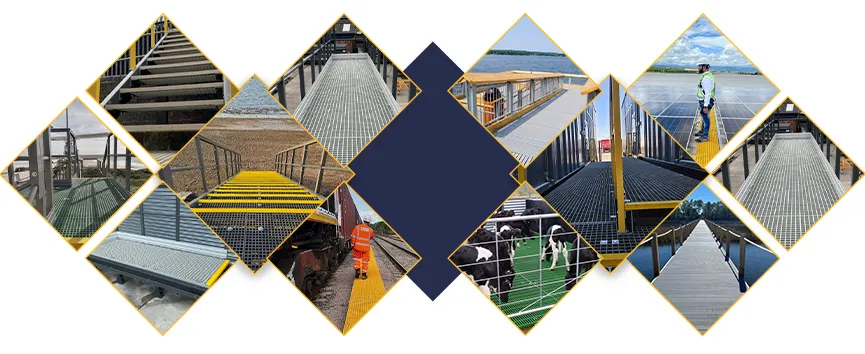loading...
- No. 9, Xingyuan South Street, Dongwaihuan Road, Zaoqiang County, Hengshui, Hebei, China
- admin@zjcomposites.com
- +86 15097380338
- Welcome to visit our website!
frp structural sections
Understanding FRP Structural Sections
Fiber Reinforced Polymer (FRP) structural sections are innovative materials that have garnered significant attention in the construction and engineering sectors. These sections combine the advantages of high strength, lightweight, and resistance to corrosion, making them ideal for a variety of applications. As infrastructure around the world ages, the need for more durable and sustainable materials is paramount, and FRP presents a compelling solution.
Understanding FRP Structural Sections
Another critical advantage of FRP structural sections is their resistance to environmental degradation. Unlike steel, which can rust, or concrete, which is prone to cracking under certain conditions, FRP materials are inherently resistant to moisture, chemicals, and UV radiation. This characteristic is particularly valuable in aggressive environments such as coastal areas, chemical plants, and wastewater treatment facilities, where traditional materials may fail over time. The durability of FRP extends the lifespan of structures and reduces the need for frequent repairs or replacements, leading to long-term economic benefits.
frp structural sections

Moreover, the versatility of FRP allows for custom design and fabrication. Manufacturers can create complex shapes and configurations that meet specific engineering requirements. This capability not only enhances aesthetic appeal but also ensures that structural sections can be optimized for performance in diverse applications. From bridges to buildings and even sculptures, the adaptability of FRP has particularly revolutionized architectural design, allowing for more imaginative structures that were previously unattainable with traditional materials.
In addition to their mechanical and aesthetic benefits, FRP structural sections align with sustainable building practices. The production of FRP can use recycled materials, reducing the environmental footprint associated with manufacturing. Furthermore, as the construction industry increasingly emphasizes sustainability, incorporating FRP into building projects can enhance LEED (Leadership in Energy and Environmental Design) accreditation opportunities.
Despite their numerous advantages, there are challenges associated with the adoption of FRP materials. The initial costs of FRP can be higher than conventional materials, which can deter some projects. Additionally, the lack of widespread industry standards and guidelines can create uncertainty for engineers and architects unfamiliar with these materials. However, as research and development continue, many organizations are working to develop standardized practices to facilitate the wider use of FRP.
In conclusion, FRP structural sections represent a significant advancement in material science, offering numerous benefits that cater to the evolving needs of the construction and engineering industries. Their strength, lightweight nature, corrosion resistance, design flexibility, and sustainable attributes make them an attractive option for modern infrastructure projects. As the industry continues to explore and innovate with FRP, its role in future building designs will undoubtedly increase, paving the way for more resilient and sustainable structures worldwide.
-
GRP Structures: The Future of Lightweight, High-Performance EngineeringNewsJun.20,2025
-
FRP Water Tank: High-Performance Storage for Corrosive and Clean Water SystemsNewsJun.20,2025
-
FRP Square Tube: The New Industry Standard for Chemical and Structural ApplicationsNewsJun.20,2025
-
FRP Pultruded Profiles: The Ultimate Choice for Lightweight Structural StrengthNewsJun.20,2025
-
FRP Handrails: The Safer, Smarter, and Stronger Choice for Modern InfrastructureNewsJun.20,2025
-
FRP Grating: The Smart Solution for Durable, Lightweight Industrial FlooringNewsJun.20,2025
-
Why Choose a Galvanized Water Tank for Your Storage NeedsNewsMay.21,2025
